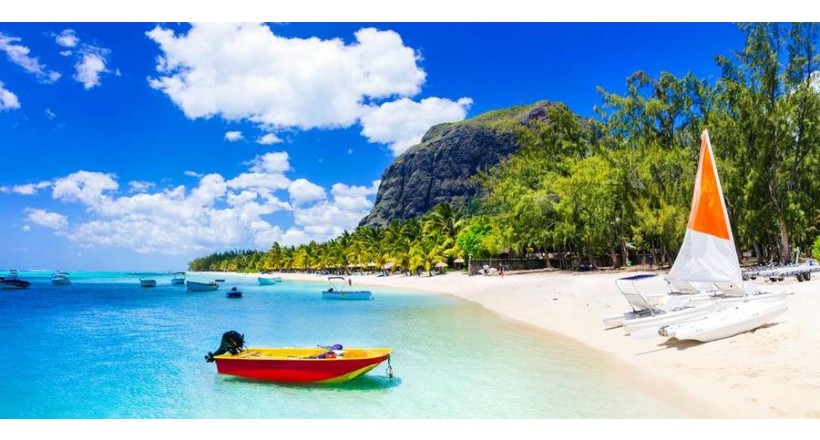four African islands
Praslin
Praslin is the second largest island in the Seychelles with a population of around 6,500. Once a haven for pirates and Arab traders, it is now a popular tourist destination with many hotels and resorts. It has white sandy beaches such as Anse Lazio and Anse Georgette among the most beautiful beaches in the world. It also has vast areas of tropical forests that have attractive birds. The beautiful Vallée de Mai Nature Reserve is famous for its vanilla orchids.
The small island of Nosy Be is the number one tourist destination in Madagascar that attracts thousands of tourists
The little island of Nosy Be
It is the number one tourist destination in Madagascar that attracts thousands of tourists from all over the world all year round. Although Nosy Be's beaches aren't as picture-perfect as some of the other beaches in the Indian Ocean, they earn points for calm, clear turquoise waters, and excellent seafood restaurants serving seafood dinners on the sand.
Sao Tome Island
Sao Tome Island is the largest island in Sao Tome and Principe, a Portuguese-speaking island nation located on the equator, off the west coast of Central Africa. Few tourists arrive on the island so visitors can dive and snorkel in the uncharted waters and explore the peaceful fishermen villages in their own way. Other activity options include going to a chocolate factory and enjoying some of the best coffee in the world.
Mauritius
Mauritius is a small multicultural island in the Indian Ocean, east of Madagascar and southeast of Seychelles. Mauritius was an uninhabited island until the Dutch arrived in 1598. The Dutch left in 1710 due to difficult climatic conditions. The French took their chances only 5 years later to hand over the island to the British in 1810. From then on, the island was renamed Mauritius and remained under British rule until it gained independence. Mauritius is famous for being the only known home of the dodo. This bird was easy prey for settlers due to its weight and inability to fly, and it disappeared less than 80 years after the initial European colonization.
Welcome to Try Collect




